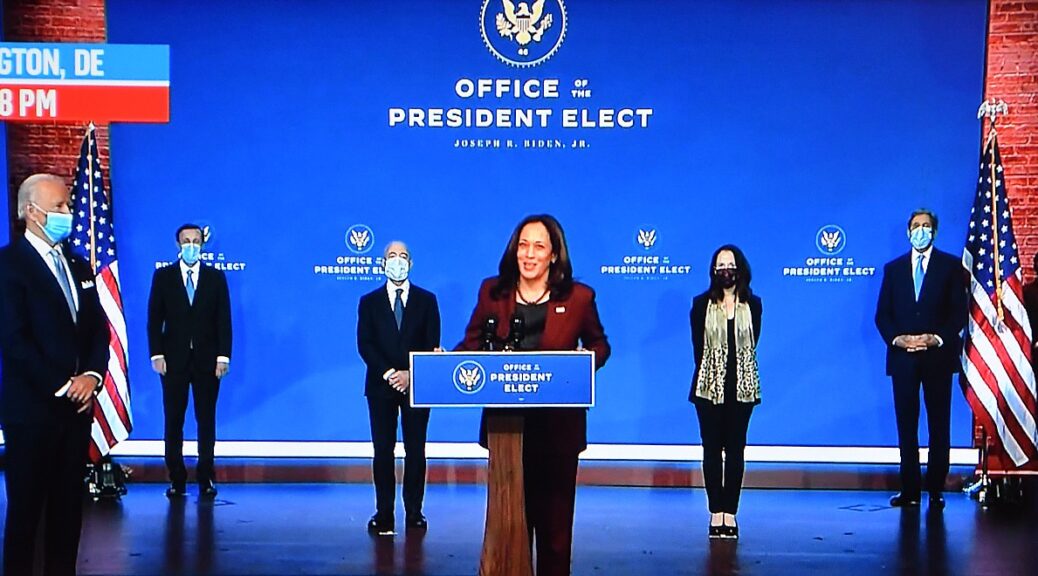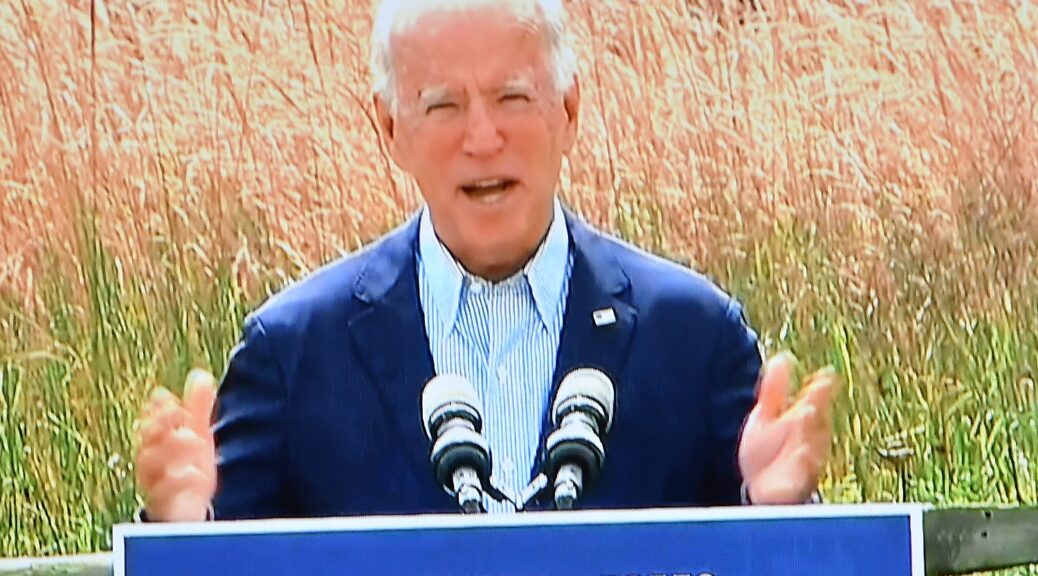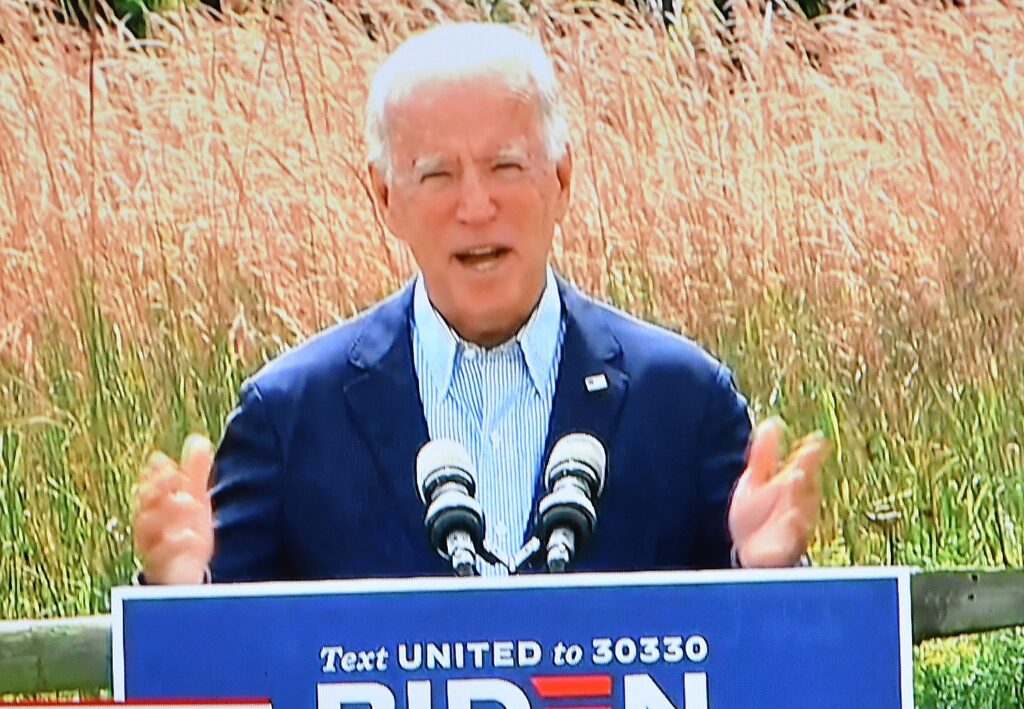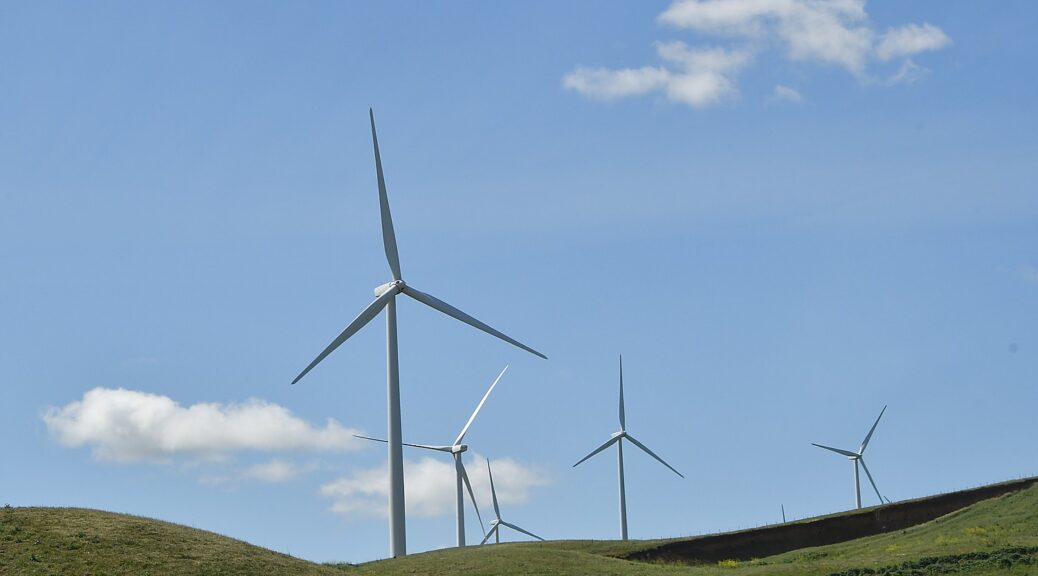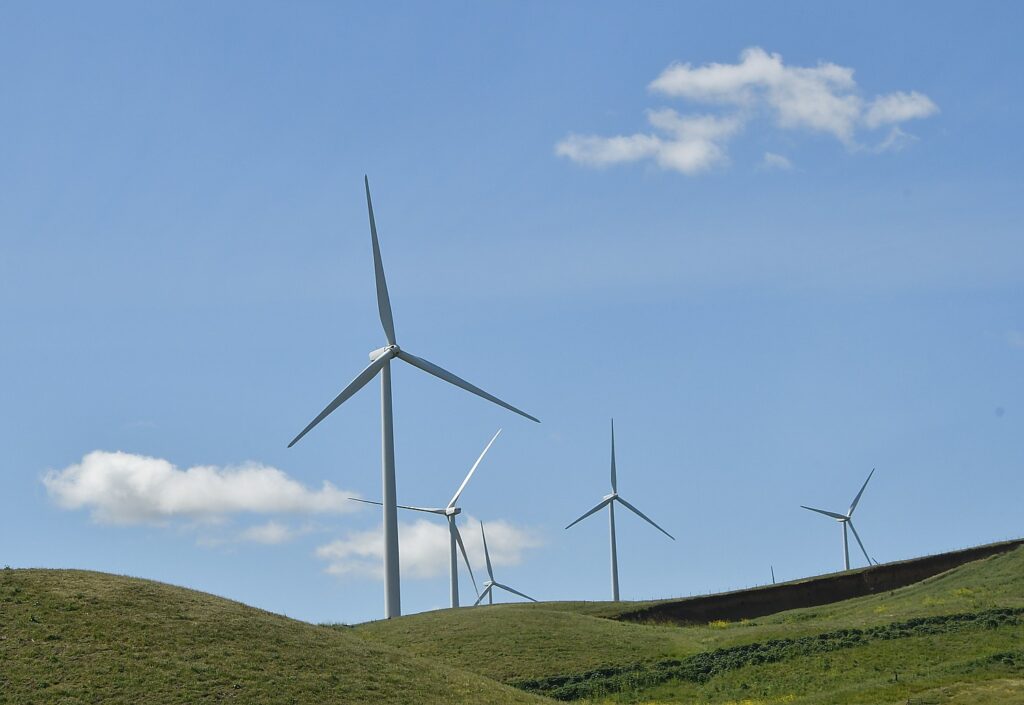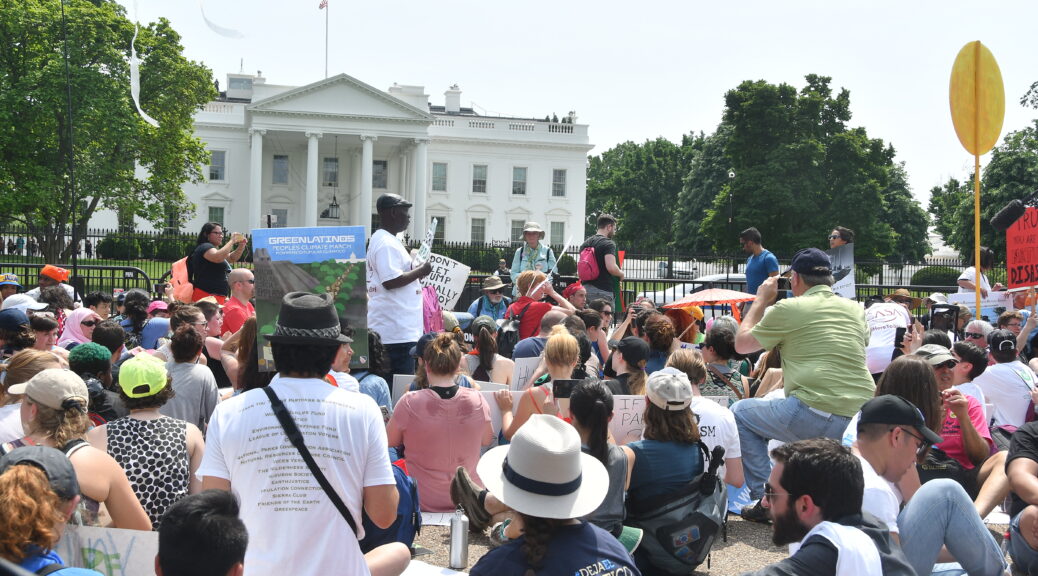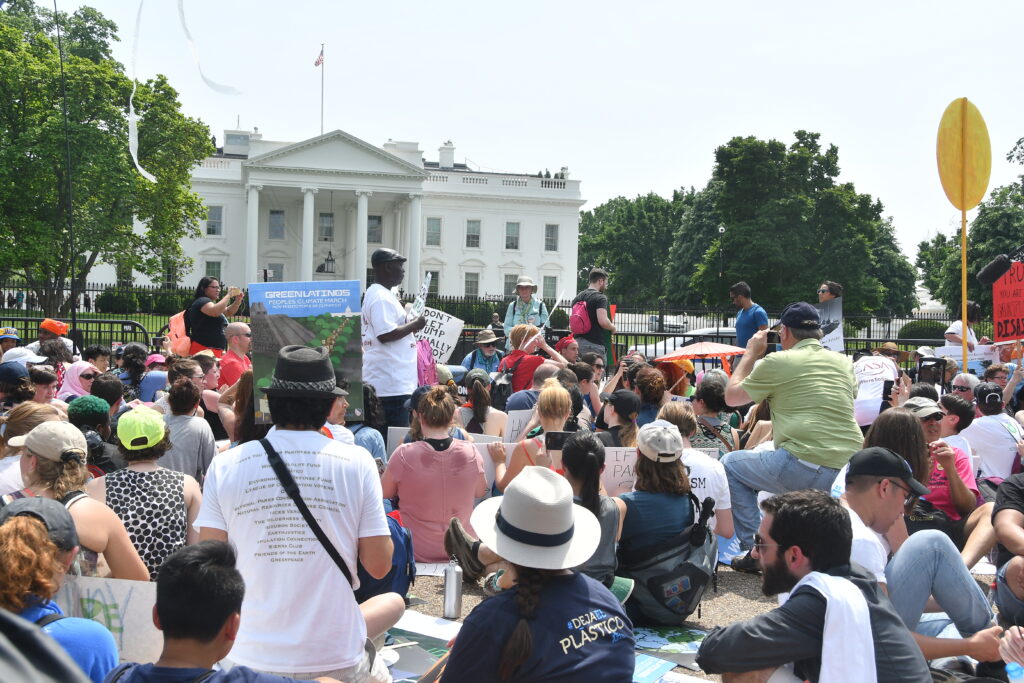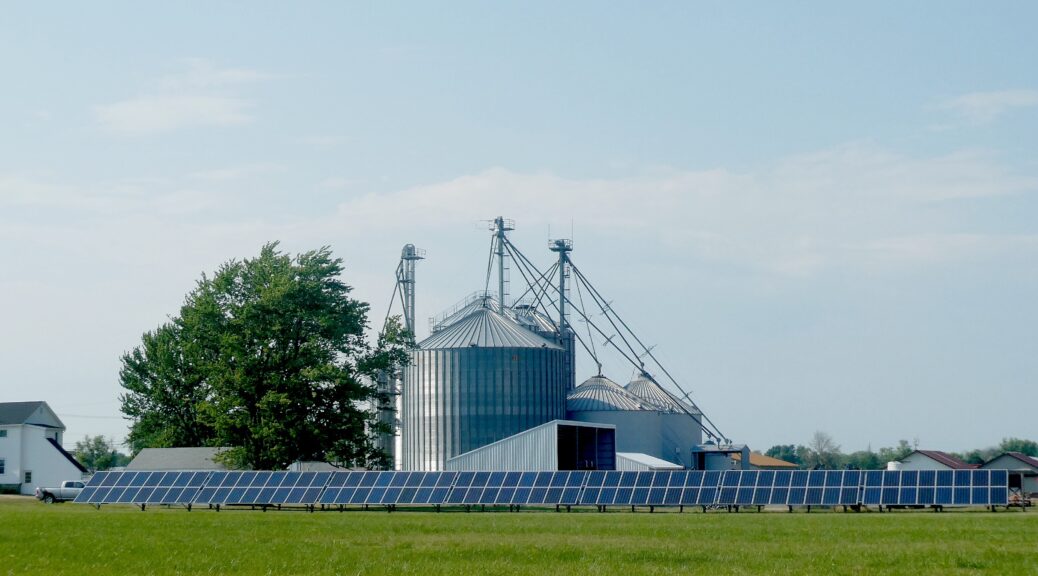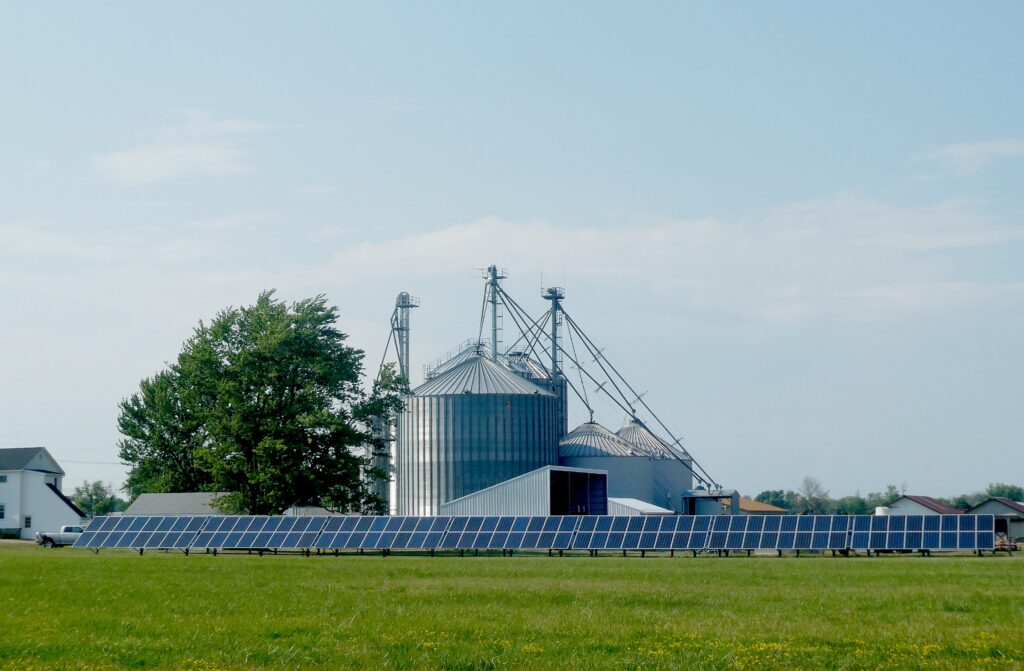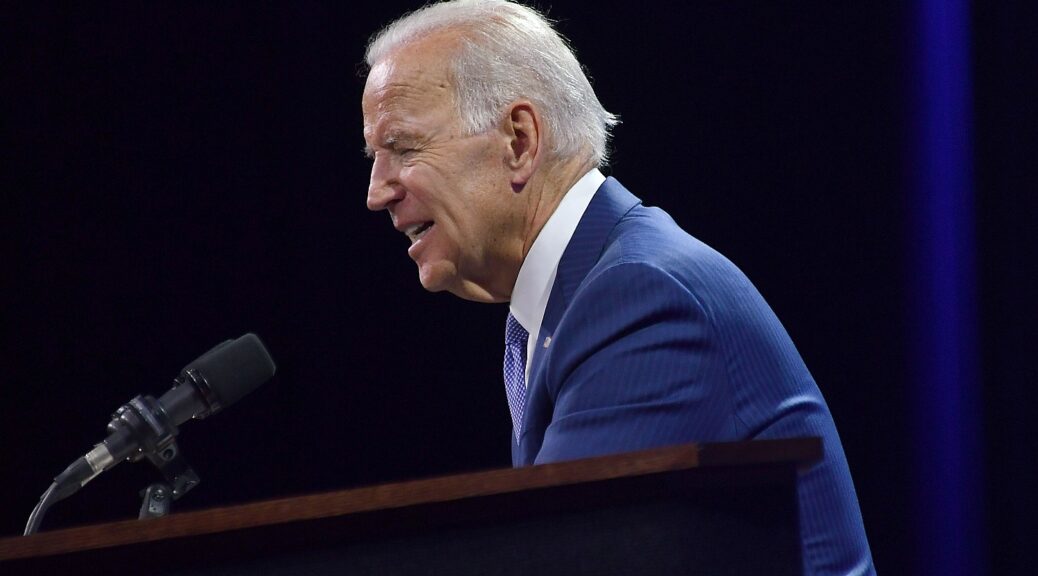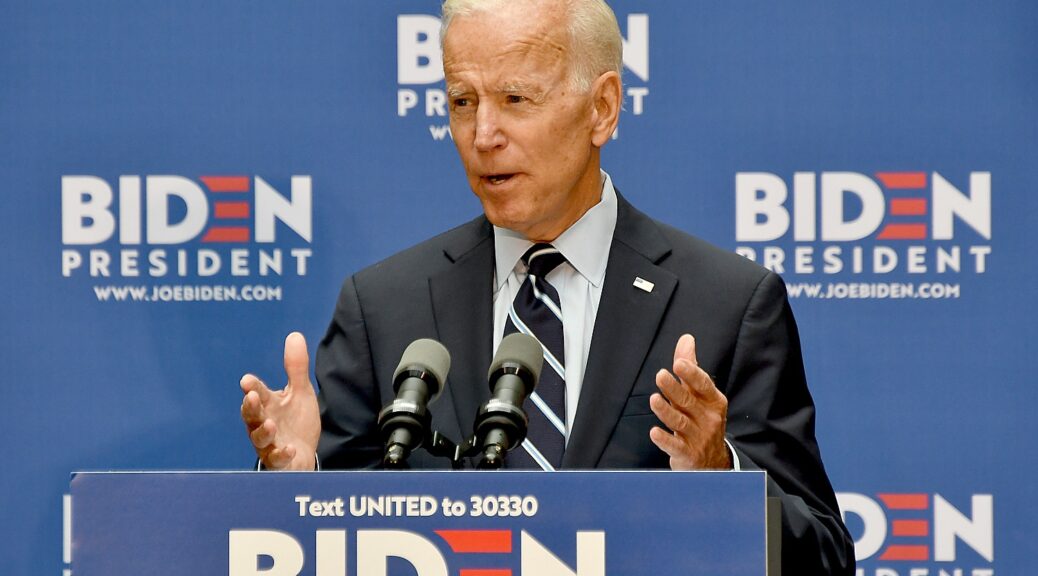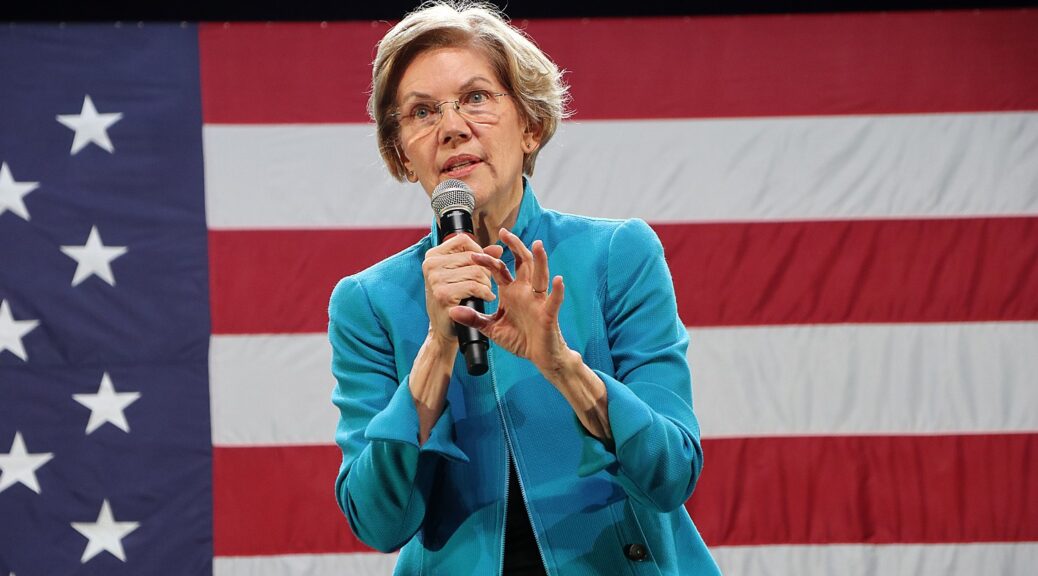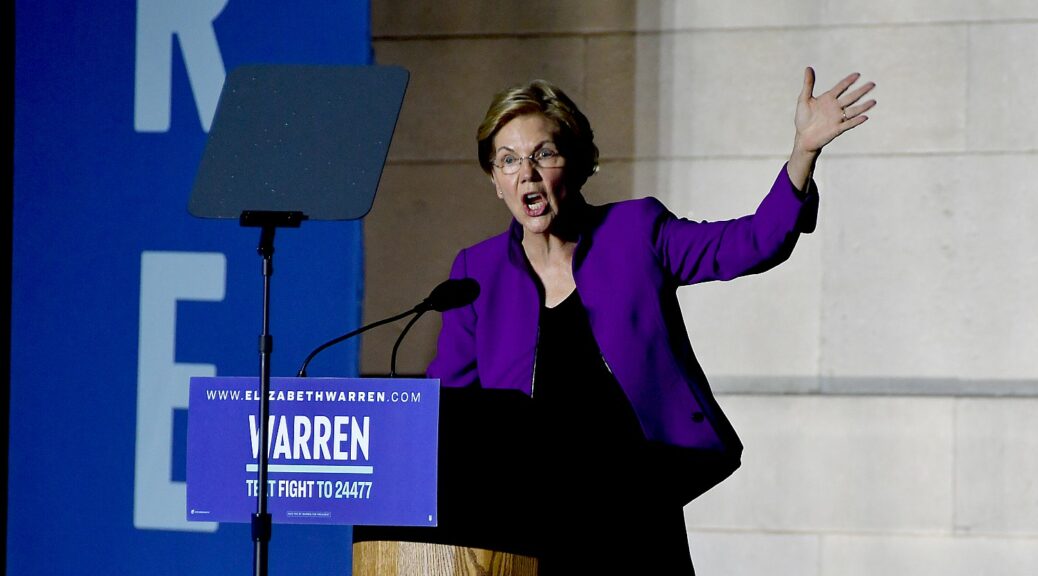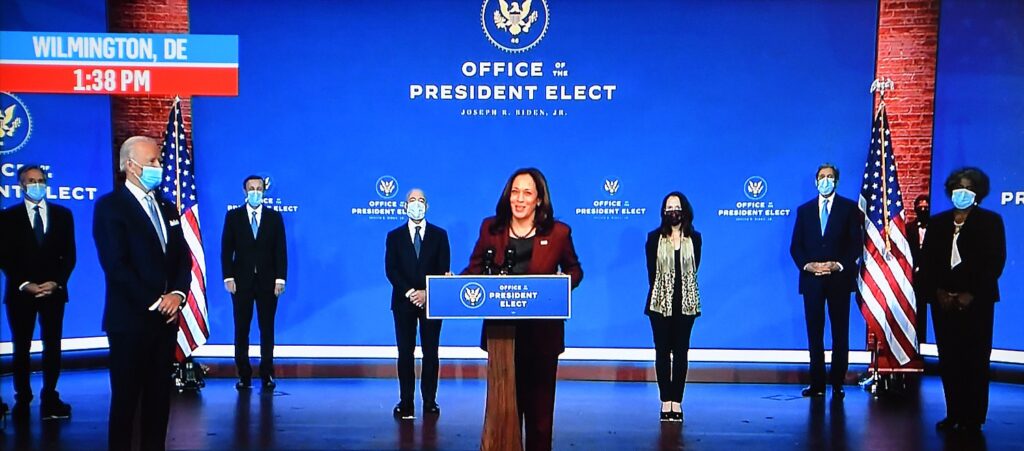
Today in Wilmington Delaware, President-Elect Joe Biden, accompanied by Vice President-Elect Kamala Harris, presented his nominations and staff for critical foreign policy and national security positions in his administration. Collectively, they brought a sigh of relief – their professionalism, expertise, their values. For the first time in four years, you had a sense of a functioning government, working on behalf of its people and building upon its ideals and values. Here are highlights from their remarks:
President-Elect Joe Biden:
Today, I am pleased to announce nominations and staff for critical foreign policy and national security positions in my Administration.
It’s a team that will keep our country and our people safe and secure.
And it’s a team that reflects the fact that America is back.
Ready to lead the world, not retreat from it. Ready to confront our adversaries, not reject our allies. And ready to stand up for our values.
In fact, in calls from world leaders in the weeks since we won this election, I’ve been struck by how much they are looking forward to the United States reasserting its historic role as a global leader.
This team meets this moment.
They embody my core belief that America is strongest when it works with its allies.
Collectively, this team has secured some of the most defining national security and diplomatic achievements in recent memory — made possible through decades of experience working with our partners.
That’s how we truly keep America safe without engaging in needless military conflicts, and our adversaries in check and terrorists at bay.
It’s how we counter terrorism and extremism. Control this pandemic and future ones.
Deal with the climate crisis, nuclear proliferation, cyber threats and emerging technologies, the spread of authoritarianism, and so much more.
And while this team has unmatched experience and accomplishments, they also reflect the idea that we cannot meet these challenges with old thinking or unchanged habits.
For example, we are going to have the first woman lead the intelligence community, the first Latino and immigrant to lead the Department of Homeland Security, and a groundbreaking diplomat at the United Nations.
We are going to have a principal on the National Security Council whose full-time job is to fight climate change — for the first time ever.
And my national security team will be coordinated by one of the youngest national security advisors in decades.
Experience and leadership. Fresh thinking and perspective. And, an unrelenting belief in the promise of America
I’ve long said that America leads not only by the example of our power, but by the power of our example.
I am proud to put forward this incredible team that will lead by example.
As Secretary of State, I nominate Tony Blinken.
There is no one better prepared for this job.
He will be a Secretary of State who previously served in top roles on Capitol Hill, in the White House, and in the State Department.
And he delivered for the American people in each place.
For example, leading our diplomatic efforts in the fight against ISIS. Strengthening America’s alliances and position in the Asia-Pacific. Guiding our response to the global refugee crisis with compassion and determination.
He will rebuild morale and trust in the State Department, where his career in government began. And he starts off with the kind of relationships around the world that many of his predecessors had to build over years.
I know. I’ve seen him in action. He is one of my closest and most trusted advisors.
And I know him, and his family — immigrants and refugees, a Holocaust survivor who taught him to never take for granted the very idea of America as a place of possibilities.
He is ready on Day One.
As Secretary of Homeland Security, I nominate Alejandro Mayorkas.
This is one of the hardest jobs in government. The DHS Secretary needs to keep us safe from threats at home and from abroad.
And it’s a job that plays a critical role in fixing our broken immigration system.
After years of chaos, dysfunction, and absolute cruelty at DHS, I am proud to nominate an experienced leader who has been hailed by both Democrats and Republicans.
Ali, as he goes by, is a former U.S Attorney. Former Director of U.S. Citizenship and Immigration Services. Former DHS Deputy Secretary.
Helped implement DACA. Prevented attacks on the homeland. Enhanced our cybersecurity. Helped communities recover from natural disasters. Combatted Ebola and Zika.
And while DHS affects everyone, given its critical role in immigration matters, I am proud that for the first time ever, the Department will be led by an immigrant, a Latino, who knows that we are a nation of laws and values.
And one more thing — today is his birthday.
Happy birthday, Ali.
As Director of National Intelligence, I nominate Avril Haines, the first woman in this post.
To lead our intelligence community, I did not pick a politician or a political figure.
I picked a professional.
She is eminently qualified: Former Deputy Director of the CIA. Former Deputy National Security Advisor to President Obama.
A fierce advocate for telling the truth and levelling it with decision makers.
I know because I’ve worked with her for over a decade. Brilliant. Humble.
Can talk literature and theoretical physics, fixing cars, flying planes, and running a bookstore cafe, in a single conversation — because she’s done all of that.
Above all, if she gets word of a threat coming to our shores — like another pandemic or foreign interference in our elections — she will not stop raising the alarms until the right people take action.
People will be able to take her word, because she always calls it like she sees it.
We are safer with Avril on the watch.
As the United States Ambassador to the United Nations, I nominate Linda Thomas-Greenfield.
A seasoned and distinguished diplomat with 35 years in the Foreign Service, who never forgot where she came from, growing up in segregated Louisiana.
The eldest of eight. Her Dad couldn’t read or write, but she says he was the smartest person she knew. First in her family to graduate from high school, then college, with the whole world literally ahead of her, as her Dad and Mom taught her to believe.
Posts in Switzerland, Pakistan, Kenya, The Gambia, Nigeria, Jamaica, and Liberia — where she was known as “the People’s Ambassador.”
Willing to meet with anyone — an ambassador, a student, working people struggling to get by — and always treating them with the same level of dignity and respect.
She was our top State Department official in charge of Africa policy during the Ebola crisis.
She’s received overwhelming support from her fellow career Foreign Service Officers. And she will have cabinet status because I want to hear her voice on major foreign policy decisions.
As my National Security Advisor, I choose Jake Sullivan.
He’s a once-in-a-generation intellect with the experience and temperament for one of the toughest jobs in the world.
When I was Vice President, he served as my National Security Advisor.
He was a top advisor to Secretary of State Clinton. He helped lead the early negotiations that led to the Iran Nuclear Deal. Helped broker the Gaza ceasefire in 2012. Played a key role in the Asia-Pacific rebalance in our Administration.
And in this campaign for the presidency, he served as one of my most trusted advisors on both foreign and domestic policy, including helping me develop our COVID-19 strategy.
Jake understands my vision that economic security is national security.
He will help steer what I call a foreign policy for the Middle Class, for families like his growing up in Minnesota, where he was raised by parents who were educators and taught him the values of hard work, decency, service, and respect.
What that means is to win the competition for the future, we need to keep us safe and secure, and build back better than ever.
We need to invest in our people, sharpen our innovative edge, and unite the economic might of democracies around the world to grow the middle class and reduce inequality — and do things like counter the predatory trade practices of our competitors and adversaries.
And before I talk about the final person for today, let me talk about this new position.
For the first time ever, the United States will have a full-time climate leader who will participate in ministerial-level meetings — that’s a fancy way of saying they’ll have a seat at every table around the world.
For the first time ever, there will be a principal on the National Security Council who will make sure climate change is on the agenda in the Situation Room.
And for the first time ever, we will have a Presidential envoy on climate.
And he will be matched with a high-level White House Climate Policy Coordinator and policy-making structure — to be announced in December — that will lead efforts here in the U.S. to combat the climate crisis and mobilize action to meet this existential threat.
Let me be clear: I don’t for a minute underestimate the difficulties of meeting my bold commitments to fighting climate change.
But at the same time, no one should underestimate for a minute my determination to do just that.
As for the man himself, if I had a former Secretary of State who helped negotiate the Paris Climate Agreement, or a former Presidential nominee, or a former leading Senator, or the head of a major climate organization for the job, it would show my commitment to this role.
The fact that I picked the one person who is all of these things speaks unambiguously.
The world will know that one of my closest friends — John Kerry — is speaking for America on one of the most pressing threats of our time.
To this team — thank you for accepting the call to serve.
And to your families, thank you for your sacrifice. We could not do this without you.
Together, these public servants will restore America’s global leadership and moral leadership.
They will ensure our service members, diplomats, and intelligence professionals can do their jobs free of politics.
They will not only repair, they will reimagine American foreign policy and national security for the next generation.
And they will tell me what I need to know, not what I want to know.
To the American people, this team will make us proud to be Americans.
And as more states certify the results of the election, there is progress to wrap up our victory.
I am pleased to have received ascertainment from GSA, to carry out a smooth and peaceful transition of power so our team can prepare to meet the challenges at hand — to control the pandemic, build back better, and protect the safety and security of the American people.
And to the United States Senate, I hope these outstanding nominees receive a prompt hearing, and that we can work across the aisle in good faith — move forward as a country.
Let’s begin the work to heal and unite America and the world.
Thank you. May God bless you. May God protect our troops.
I’ll now turn it over to the new team, starting with our next Secretary of State, Tony Blinken
Nominee for Secretary of State, Antony Blinken
That’s who we are.
That’s what America represents to the world, however imperfectly.
Now, we must proceed with equal measures of humility and confidence.
Humility because most of the world’s problems are not about us, even as they affect us. We cannot flip a switch to solve them. We need to partner with others.
But also, confidence, because America at its best still has a greater ability than any country on earth to bring others together to meet the challenges of our time.
That’s where the men and women of the State Department — foreign service officers and civil servants — come in. I’ve witnessed their passion, energy, and courage to keep us safe, secure, and prosperous. I’ve seen them bring luster to a word that deserves our support: diplomacy.
If confirmed, it will be the honor of my life to help lead them.
Nominee for Secretary of Department of Homeland Security, Alejandro N. Mayorkas
The Department of Homeland Security has a noble mission: to help keep us safe and to advance our proud history as a country of welcome. There are more than 240,000 career employees who selflessly dedicate their talent and energy to this mission. Many risk their lives in doing so. I would be honored to return to the Department and support these dedicated public servants in fulfilling their responsibilities and realizing our country’s greatest hopes, all in partnership with the communities we serve.
Nominee for Director of National Intelligence, Ambassador Avril Haines
I know, Mr. President-elect and Madame Vice President-elect, that you have selected us not to serve you, but to work on behalf of the American people — to help advance our security, prosperity, and values. That, the call to service in this role, is what makes this nomination such a tremendous honor.
If afforded the opportunity to do so, I will never forget that my role on this team is unique. Rather than that of a policy advisor, I will represent to you, Congress, and the American public, the patriots who comprise our Intelligence Community. Mr. President-elect, you know that I have never shied away from speaking truth to power, and that will be my charge as Director of National Intelligence. We have worked together for a long time, and I accept this nomination knowing that you would never want me to do otherwise — that you value the perspective of the Intelligence Community and that you will do so even when what I have to say may be inconvenient or difficult. I assure you there will be those times.
And, finally, to our intelligence professionals, the work you do — oftentimes under the most austere conditions imaginable — is indispensable. It will become even more complex because you will be critical to helping this administration position itself not only against threats such as cyber attacks, terrorism, and the proliferation of nuclear, chemical, and biological weapons but also those challenges that will define the next generation — from climate change, to pandemics, and corruption.
It would be the honor of a lifetime to be able to work alongside you once again to take on these challenges together.
Nominee for United States Ambassador to the United Nations, Linda Thomas-Greenfield
Mr. President-elect, I’ve often heard you say how all politics is personal. That’s how you build relationships of trust and bridge disagreements and find common ground.
In my thirty-five years in the Foreign Service across four continents, I put a Cajun spin on it. It’s called Gumbo diplomacy. Wherever I was posted around the world, I’d invite people of different backgrounds and beliefs to make a roux, chop onions for the holy trinity, and make homemade gumbo — my way to break down barriers, connect with people, and start to see each other on a human level: a bit of lagniappe as we say in Louisiana.
That’s the charge in front of us today. The challenges we face — a global pandemic, the global economy, the global climate crisis, mass migration and extreme poverty, social justice — are unrelenting and interconnected. But they’re not unsolvable if America is leading the way.
Appointment for National Security Advisor Jake Sullivan
I pledge to you and to the American people that I will work relentlessly in service of the mission you have given us: To keep our country and our people safe. To advance our national interests. And to defend our values.
I pledge to the exceptional national security team you have named today — and to the brilliant and diverse career professionals in national security across our government — that I will manage a humane and rigorous decision-making process that honors their work…
Sir, we will be vigilant in the face of enduring threats, from nuclear weapons to terrorism. But you have also tasked us with reimagining our national security for the unprecedented combination of crises we face at home and abroad: the pandemic, the economic crisis, the climate crisis, technological disruption, threats to democracy, racial injustice, and inequality in all forms. The work of the team before you today will contribute to progress across all of these fronts.
You have also tasked us with putting people at the center of our national security. The alliances we rebuild, the institutions we lead, the agreements we sign — all of them should be judged by a basic question: will this make life better, easier, safer, for working families across this country? Our foreign policy has to deliver for these families.
And you have tasked us with helping unite America through our work, to pull people together to tackle big challenges….
I promise an open door to those who disagree. Our whole team can learn from them and it will make us better.
To the American people, I had the honor of serving as Joe Biden’s national security adviser when he was vice president. I learned a lot about a lot. About diplomacy. About policy. Most importantly, about human nature. I watched him pair strength and resolve with humanity and empathy.
That is the person America elected. That is also America itself.
So Mr. President-elect, thank you for giving this kid from the heartland an extraordinary opportunity to serve the country I love so much.
Special Presidential Envoy for Climate, Former Secretary of State John Kerry
Mr. President-elect — you’ve put forward a bold, transformative climate plan that lives up to the moment. But you’ve also underscored that no country alone can solve this challenge. Even the United States, for all our economic might, is responsible for only 15% of global emissions. The world must come to this table to solve this problem.
You’re right to rejoin Paris on day one, and you’re right to recognize that Paris alone does not get the job done.
At the global meeting in Glasgow one year from now, all nations must raise ambition together – or we will all fail, together.
Failure is not an option.
Success means tapping into the best of American ingenuity, creativity, and diplomacy — from brainpower to alternative energy power — using every tool we have to get where we need to go.
No one should doubt the determination of the country that went to the moon, cured supposedly incurable diseases, and beat back global tyranny to win World War II. We will immediately, again, work with friends and partners to meet this challenge too.
The road ahead is exciting. It means creating millions of middle-class jobs. It means less pollution in our air and in our ocean. It means making life healthier for citizens across the world. And it means we will strengthen the security of every nation on earth.
In addressing the climate crisis, Joe Biden is determined to seize the future.
Fifty-seven years ago, this week, Joe Biden and I were college kids when we lost the president who inspired us both to try and make a difference, a president who reminded us that here on Earth, “God’s work must truly be our own.”
President Joe Biden will trust in God, and he will also trust in science to guide our work on earth to protect God’s creation.
Vice President-Elect Kamala Harris:
Congratulations Mr. President-elect on bringing together this extraordinary team.
I have always believed in the nobility of public service, and these Americans embody it.
Their lives and careers are a testament to the dedication, sacrifice, and commitment to civic responsibility that have strengthened our democracy — and kept America’s promise alive — for more than two hundred years.
President-elect Biden and I have long known that when we were elected, we would inherit a series of unprecedented challenges upon walking into the White House.
Addressing these challenges starts with getting this pandemic under control, opening our economy responsibly, and making sure it works for working people.
And we also know that overcoming our challenges here at home is a necessary foundation for restoring and advancing our leadership around the world.
And we are ready for that work.
We will need to reassemble and renew America’s alliances; rebuild and strengthen the national security and foreign policy institutions that keep us safe and advance our nation’s interests; and confront and combat the existential threat of climate change that endangers us all….
I can say with confidence that they are — to a person — the right women and men for these critical positions.
And I look forward to working alongside them on behalf of the American people — and on behalf of a President who will ask tough questions; demand that we be guided by facts; and expect our team to speak the truth. No matter what.
A President who will be focused on one thing and one thing only: doing what’s best for The People of the United States of America…
Today’s nominees and appointees come from different places. They bring a range of different life and professional experiences and perspectives. And they also share something else in common: an unwavering belief in America’s ideals.
An unshakeable commitment to democracy, human rights, and the rule of law.
And they understand the indispensable role of America’s leadership in the world.
These women and men are patriots and public servants to their core, and they are the leaders we need to meet the challenges of this moment — and those that lie ahead.

